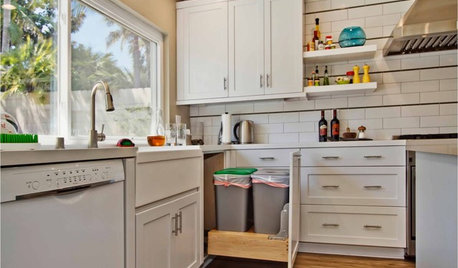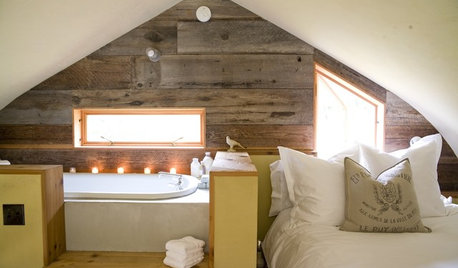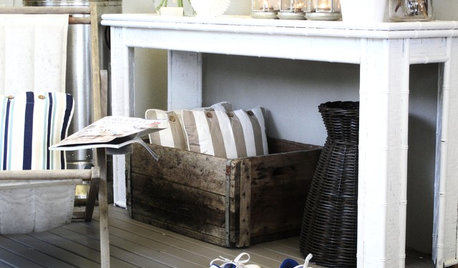Pruning/moving strategy and timing
tomtuxman
14 years ago
Related Stories

WINTER GARDENINGPruning Secrets for Exquisite Roses
Encourage gorgeous blooms year after year with this time-tested advice on how to prune your rosebush in winter for health and shape
Full Story
LIFE10 Strategies for Mastering Your Morning Routine
Conquer the habit of running late with these ideas for getting yourself — and your family — out the door on time
Full Story
KITCHEN DESIGN7 Strategies for a Well-Designed Kitchen
Get a kitchen that fits your lifestyle and your design tastes with these guidelines from an architect
Full Story
HOUSEKEEPINGCan-Do Cleaning Strategies for Busy People
While you dream of having a maid (to go with the cook and chauffer), this simplified cleaning routine can keep your real-world home tidy
Full Story
DECLUTTERING9 Exit Strategies for Your Clutter
How to efficiently — and regularly — rid your home of the things you don’t want
Full Story
HOME TECHNew Strategies for Hiding the TV
Its easy to be discreet when you've got cabinets, panels and high-tech TV hiders like these
Full Story
MOST POPULAR10 Strategies for Keeping Surfaces Clutter-Free
The universe wants your coffee table to become a clutter magnet — but you can fight back
Full Story
LIFE12 Effective Strategies to Help You Sleep
End the nightmare of tossing and turning at bedtime with these tips for letting go and drifting off
Full Story
DECLUTTERINGClean Routine: Housework Strategies the Whole Family Can Share
Keep the peace while maintaining a tidy home, with these ideas to get all kinds of cleaning personality types in on the act
Full Story
DECORATING GUIDES10 Design Strategies for Art Lovers
Buy the art that you love, then boost its impact with decor
Full Story





mainegrower
tomtuxmanOriginal Author
Related Professionals
Bridgetown Landscape Architects & Landscape Designers · Franconia Landscape Architects & Landscape Designers · Montgomeryville Landscape Architects & Landscape Designers · Concord Landscape Contractors · Berwyn Landscape Contractors · Edwardsville Landscape Contractors · Gresham Landscape Contractors · Gurnee Landscape Contractors · Painesville Landscape Contractors · Roseville Landscape Contractors · San Pedro Landscape Contractors · Snoqualmie Landscape Contractors · Woodburn Landscape Contractors · Woodbury Landscape Contractors · East Cleveland Gardeners & Lawn Caremorz8 - Washington Coast
mainegrower
tomtuxmanOriginal Author
morz8 - Washington Coast